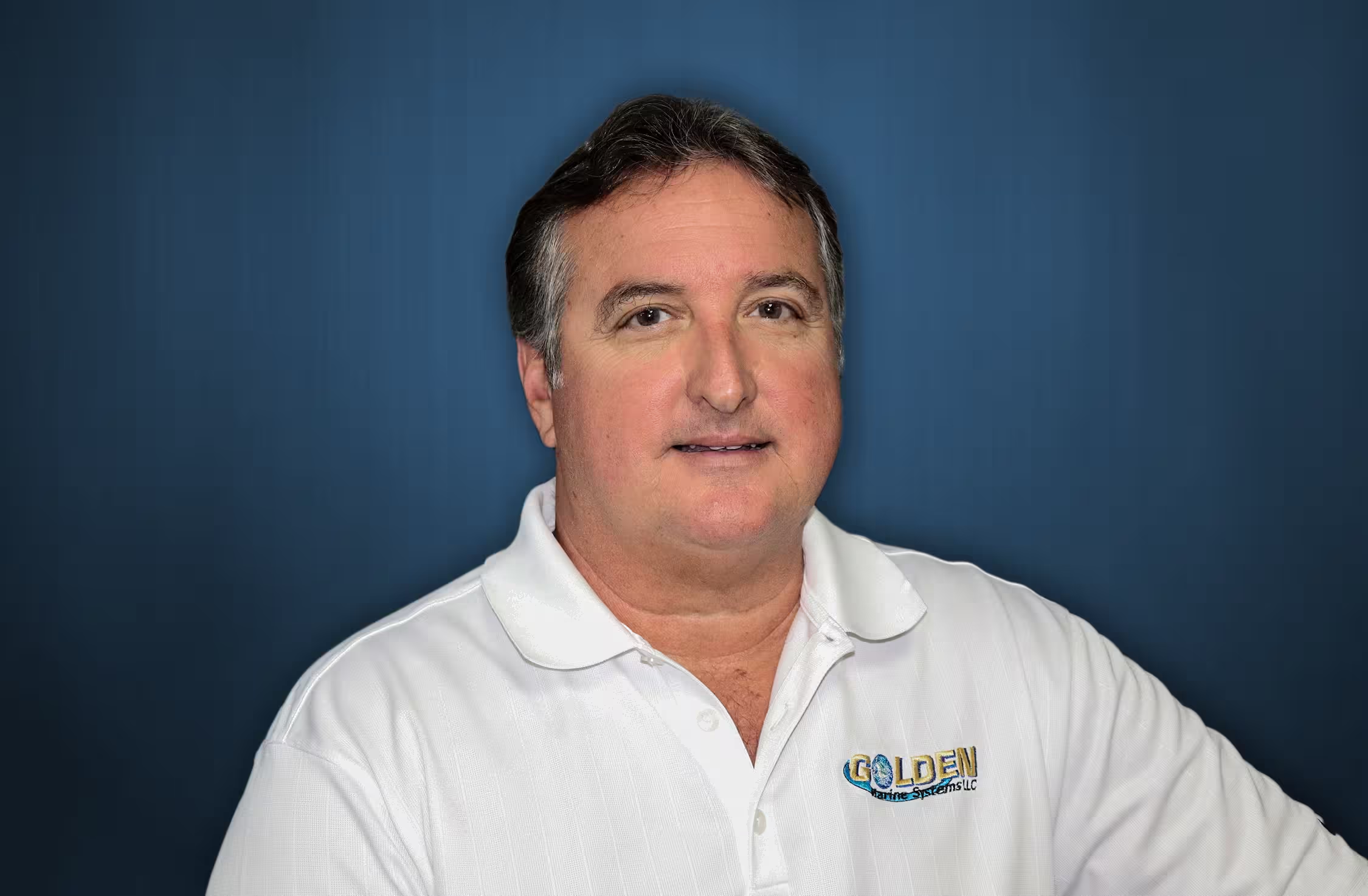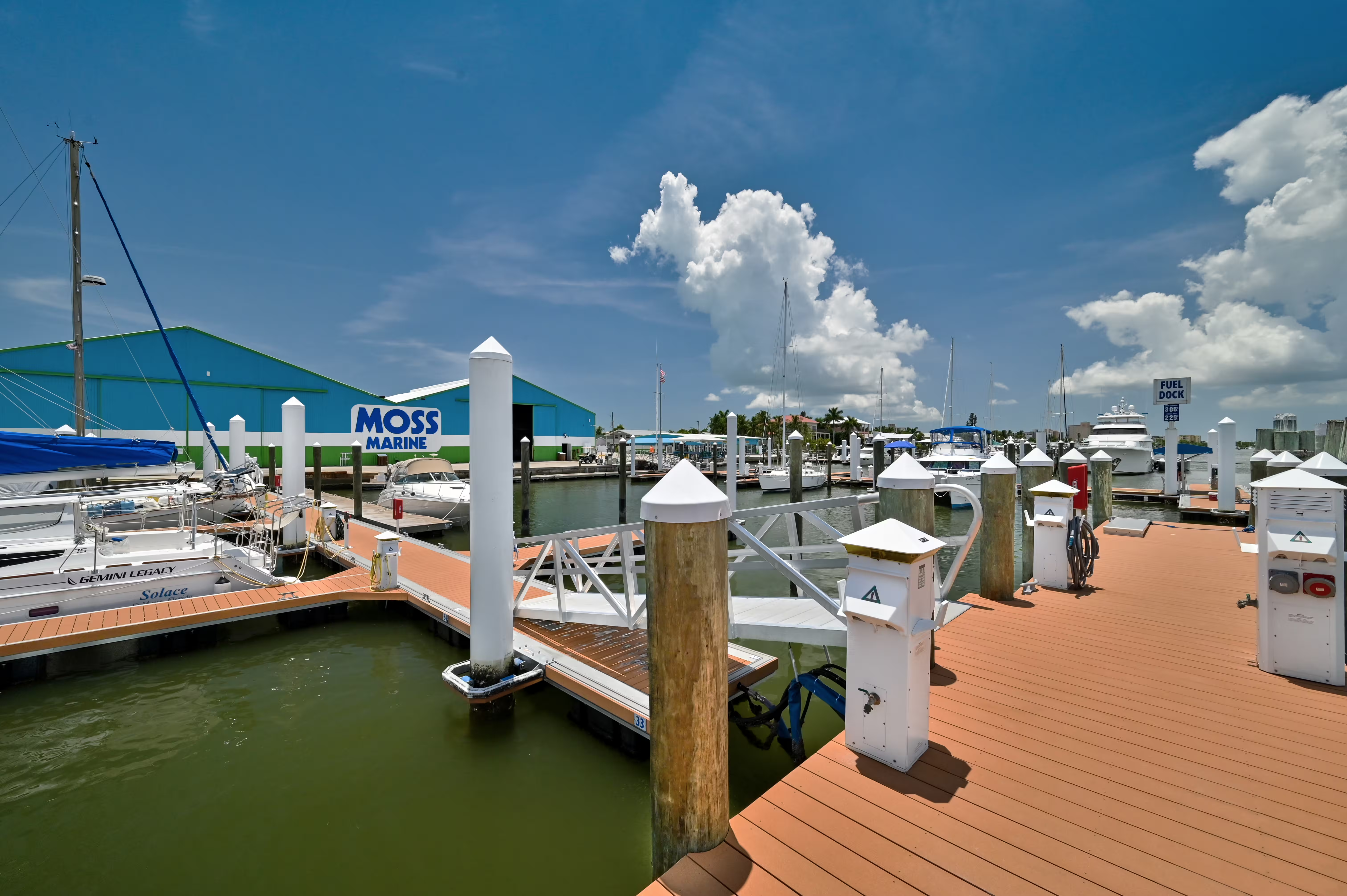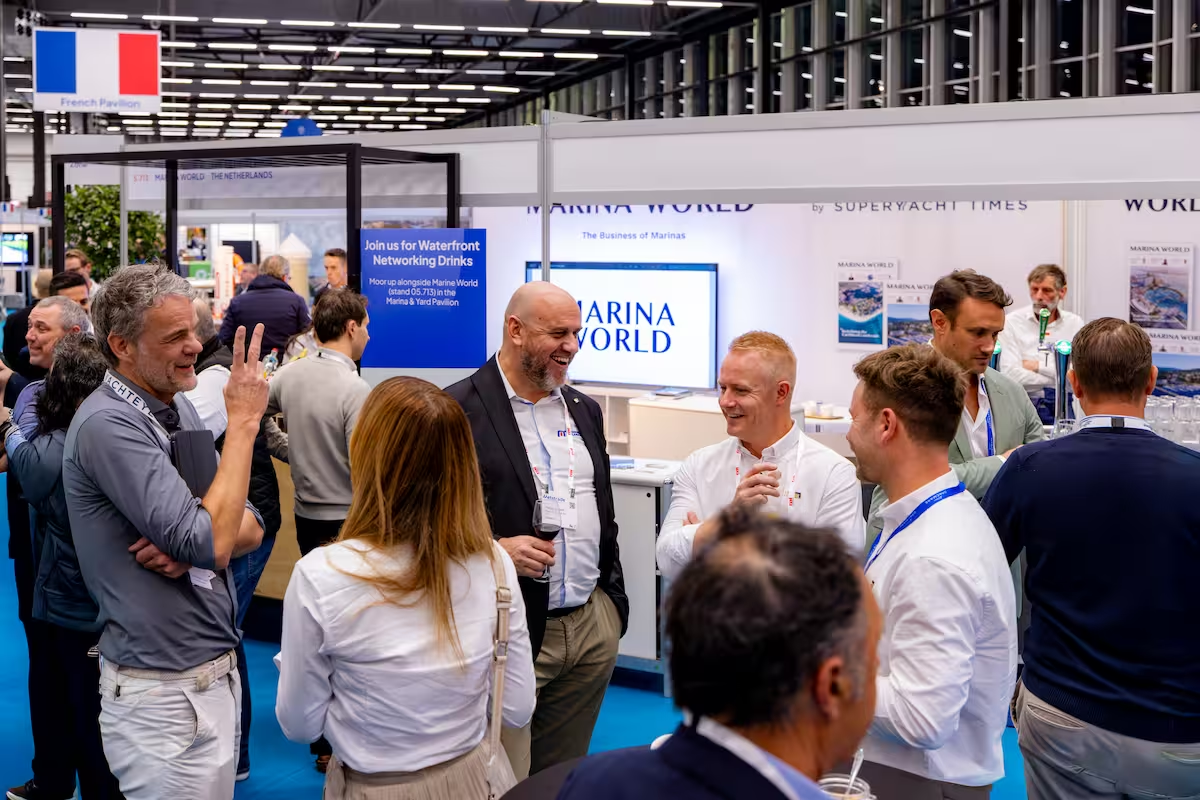Marina World Consultant Editor Carol Fulford speaks to the President of Golden Marine Systems Mike Shanley about ongoing developments in the US marina industry and how the company is adapting to changes and trends despite market challenges.
_converted.avif)
How would you describe the current state of play in the US marina industry?
The current state of play in the US marina industry reflects a dynamic and evolving landscape shaped by rising demand, ongoing infrastructure upgrades and increasing emphasis on climate resilience and premium services. From the perspective of dock manufacturing, sales and marina development, several key trends define today’s market.
We have seen strong demand with limited inventory since the post-COVID boating boom, as well as sustained higher-than-normal demand for wet slips, dry storage and marina access. However, supply has not kept pace, especially in high-demand coastal and resort regions, resulting in long waitlists at many marinas. This supply gap presents clear opportunities for new marina developments and dock infrastructure expansion.
Many marinas across the US were built decades ago and are now reaching or exceeding their useful lifespan. Owners and operators are increasingly seeking modern, low-maintenance solutions, fuelling growth in the sale of floating dock systems, aluminium gangways and modular upgrades. The shift is toward durable, hurricane-resilient dock systems that are compliant with the Americans with Disabilities Act.
Coastal resilience and sustainability is also a concern. Climate change and extreme weather events like hurricanes have placed pressure on marina owners to build back stronger and smarter. Floating dock systems that withstand storm surges and flooding are now in high demand. Manufacturers that offer engineered resilience, such as high freeboard docks, energy-efficient features and eco-friendly materials, are well-positioned.
The evolution of marinas as lifestyle destinations is another aspect. Many marinas are evolving from basic utility hubs into upscale lifestyle destinations with integrated amenities such as restaurants, retail, boat clubs and concierge services. This trend supports increased investment in premium dock designs, covered slips and specialty features like kayak launches and boat lifts.
Furthermore, the industry is seeing an influx of capital from private equity firms and real estate investment groups who view marinas as high-potential assets with recurring revenue. This is accelerating both new marina development and consolidation, leading to more standardised operations and increased demand for turnkey dock solutions from reliable manufacturers.
Finally, we are seeing greater technological integration. Digital platforms for slip reservations, boat sharing and asset management are reshaping operations. Dock manufacturers and marina developers are beginning to integrate smart dock technologies - power pedestals with metering, security systems, lighting and wireless connectivity - to meet modern boater expectations.
In summary, the US marina industry is in a growth phase marked by opportunity, innovations and modernisation. For dock manufacturers and marina developers, this is a prime moment to lead with resilient, modular and service-oriented solutions that align with both the evolving needs of boaters and the long-term vision of waterfront asset owners.

What are the major current challenges facing US dock manufacturers, and how are you dealing with these?
One of the most significant challenges currently facing US dock manufacturers is the rising cost and inconsistent supply of raw materials, particularly aluminum and steel, due to ongoing and looming tariffs. These materials are foundational to high-performance floating docks and gangway systems, and the increased cost pressures are impacting pricing stability, lead times and project forecasting across the industry.
At Golden Marine Systems, we are addressing these challenges through several proactive strategies. Firstly, we've deepened relationships with our domestic suppliers and expanded our sourcing network to maintain more consistent access to key materials. Where possible, we are purchasing materials in larger quantities to secure better pricing and insulate against sudden tariff-driven increases. We have also adjusted our production timelines and inventory strategy to allow greater flexibility. This includes maintaining stock on critical components and forecasting future needs based on customer demand and upcoming projects.
We believe in being upfront with our clients about potential pricing shifts and lead time changes, and for this reason we value transparent client communication. We work closely with marina developers and contractors to lock in pricing early and offer flexible options when needed, including phased installations or alternate material options when practical.
Finally, as a Florida-based manufacturer, we remain committed to producing our systems in the US, which not only supports local jobs but allows us to maintain higher quality control and faster response times, even in turbulent supply conditions.
While material tariffs and supply volatility are real challenges, we view them as manageable obstacles. By staying agile, transparent and customer-focused, we continue to deliver premium, hurricane-resilient dock systems that meet the evolving needs of the marina industry.
_converted.avif)
Is the trend for increased popularity of boat lifts continuing and, if so, is there a specific area - perhaps state, region or type of marina - that shows particular growth?
Firstly, there is a growing trend in boat lift marinas driven by efficiency and return on investment. They are experiencing steady growth, particularly in Florida and the southeastern US, where boating activity is high, real estate is competitive and marina operators are seeking more efficient, profitable models.
It is also important to recognise that customer convenience is driving demand. Modern boaters want immediate, hassle-free access to their vessels. Boat lifts allow users to launch and retrieve their boats in minutes, eliminating the need to schedule forklift service, wait in lines or deal with haul-outs. This self-service approach appeals to a new generation of boat owners who value autonomy, speed and convenience - especially in premium, high-traffic marinas.
Reduced staffing requirements is another trend. Traditional dry stack or forklift marinas rely heavily on trained staff to operate lifting machinery and coordinate vessel movements. In contrast, boat lift marinas require far fewer personnel, especially when slips are individually managed by the boat owner or monitored remotely. This significantly reduces operating costs related to labour, training, insurance and liability.
Marina owners also see a quick return on investment. Boat lift slips command premium pricing due to the added convenience and protection they offer. At the same time, the capital expenditure on a lift system - especially when installed on a floating dock - can be lower than constructing or expanding a dry stack facility. With higher slip rates and lower operational overhead, many marina owners see full return on investment within 18 to 24 months, sometimes sooner in high-demand areas.
There is concentrated growth in Florida and the southeastern US. Florida continues to lead the trend, not only because of its massive boating population, but also due to its climate, year-round boating activity and density of waterfront communities. The concept is also spreading rapidly along the southeast US coastline - in states like Georgia, the Carolinas and parts of the Gulf Coast - where marina owners are seeking scalable, hurricane-resilient solutions that maximise slip revenue without requiring major structural expansions.
The growth of boat lift marinas is a direct result of their ability to enhance customer satisfaction, reduce operational complexity and increase profitability. As coastal property values climb and boating demand continues to rise, the efficiency, flexibility and return on investment of boat lift marina models make them increasingly attractive - especially in the southeast where these factors align perfectly with local market conditions.

Have you made any improvements and changes to your product lines of docks, boat lifts and accessories? How have these products improved as a result?
Yes, Golden is continuously improving and innovating our docks, boat lifts and accessories based on field experience, customer needs and market trends - all while maintaining a competitive edge.
Recent advancements include enhanced structural integrity through upgraded materials, improved corrosion resistance and design refinements that allow for easier installation and maintenance. As a result, our products offer greater durability, longer service life and superior performance in demanding marine environments.
Could you outline some ongoing or recently completed projects?
Golden is currently manufacturing and supplying dock and gangway systems for three major projects: City of Clearwater Beach, Tarpon Point Marina and Sunshine RV Resort & Marina. These projects collectively represent approximately 62,000 sq ft (5,760 sq m) of dock space and feature a mix of Golden Marine Systems’ 850 and 950 Series floating dock systems - known for their strength, durability and modular design.
In addition, Golden recently completed phase two of MarineMax Stuart, a premier marina-boat lift combination. This facility now includes over 100 Golden boat lifts, with lift capacities reaching 56,000lbs (25,400kg), as well as 17,000 sq ft (1,579 sq m) of GMS 9 Series fixed docks. This project highlights Golden’s ability to deliver fully integrated marina infrastructure - combining cutting-edge lift systems with heavy-duty fixed dock solutions to meet the demands of high-performance boating environments.
This article was also published in issue 150 of Marina World magazine. Click here to read the online version.








